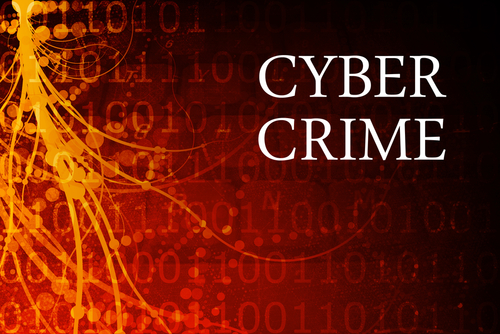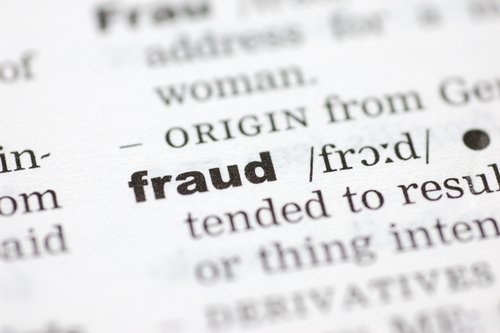Crime has changed in a big way over the years thanks to our insatiable appetite for technology. Bigger, faster, more efficient and more all encompassing online access means one thing to cyber criminals: easy pickings.
Not only has technology changed the crimes committed, it has also radically changed the face of the actual criminal. No longer just the shady character in the background, cyber crimes, everything from embezzlement to identity theft and money laundering, are happening at the hands of everyone from the professional in the desk beside you to the quiet neighbor across the street. Because cyber crime lacks the face to face aspect of say a robbery or an assault, the most unlikely people are turning to a life of crime. Anonymity seems to allow behaviors that would have once been abhorrent.
With these factors, cyber crime is definitely on the rise. Think I’m exaggerating? Take a look:
- Between 2008 and 2009 cyber crime complaints went up more than 22%
- In 2010 the IC3 (internet crime complaint center) logged its two millionth complaint. Given that a large portion of society will not even lodge a complaint due to embarrassment over being “scammed,” this is really only a fraction of the cyber crimes committed.
- Referred financial cases received by the IC3 (to local, state or federal law enforcement agencies) totaled more than $550 million in 2009
- Enrollment in programs such as a cyber security degree have skyrocketed in line with increased cyber crime.
- Cyber criminals are becoming so tech savvy that institutions such as the IC3 have had to implement new methods of categorizing cyber crimes due to their ever widening scope.
buy hydroxychloroquine online https://ozgurmd.com/wp-content/uploads/2023/10/jpg/hydroxychloroquine.html no prescription pharmacy
As a whole, we have certainly benefited from the internet and the technologies that go along with it, but don’t kid yourselves, so have criminals. We’ve had to change how we view crime and also how we go about securing ourselves from it.
Banks, government agencies, private business and the general public are all potential targets for cyber criminals, and the increase in those holding a cyber security degree are desperately trying to stay one step ahead and safeguard those most vulnerable. The frightening part is that as technology expands, so do the schemes and scams of cyber criminals.


